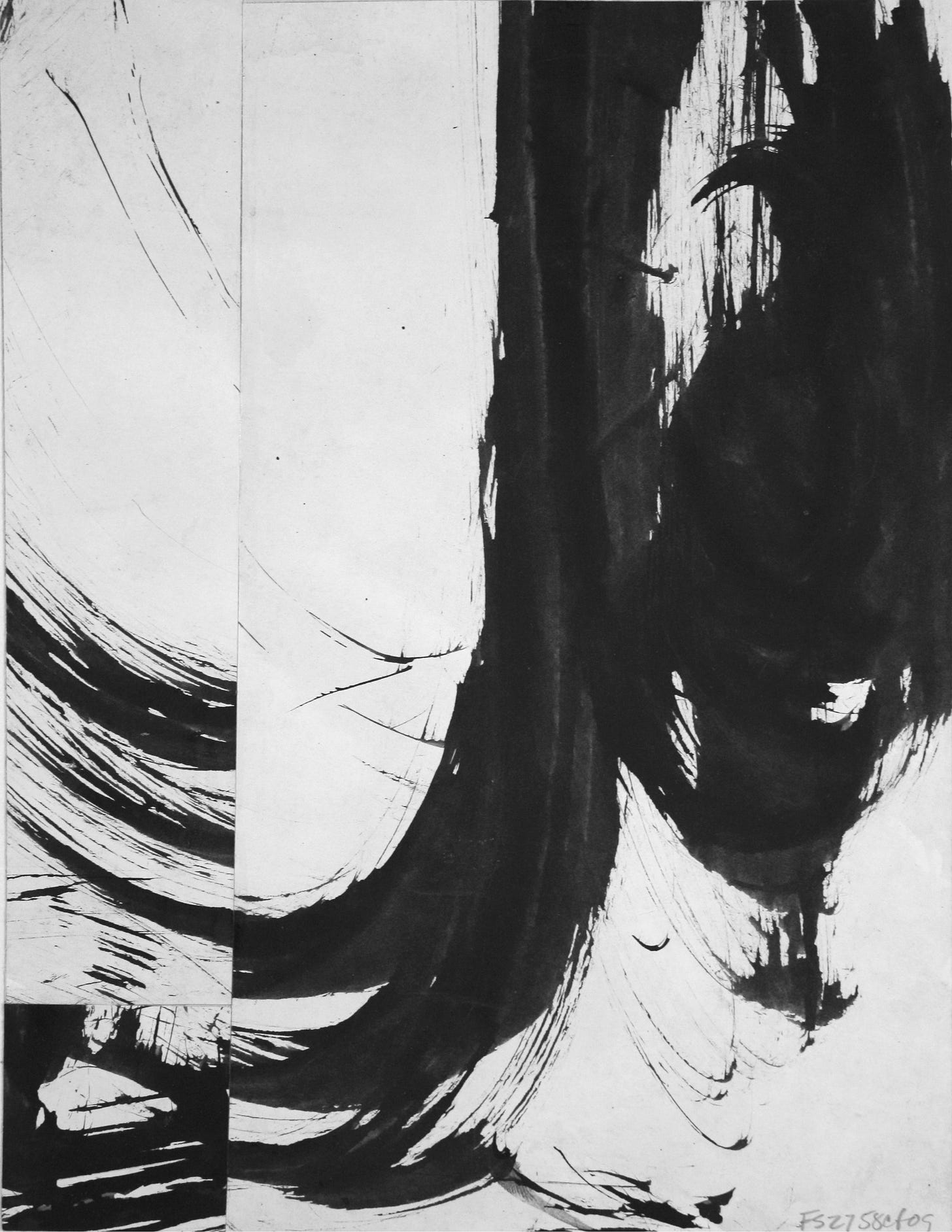The Living Thread: Oral Tradition and the Embodiment of Wisdom in the Arts
Throughout human history, wisdom has traveled by mouth, by gesture, by silence, by song. Long before writing, before books, before institutions—there was the oral tradition.
This is how humanity preserved what mattered most. Not through static archives, but through dynamic relationship: one person speaking, another listening. Not as a monologue, but as a living exchange, often in glint of firelight, in the rhythm of ritual, or shared work. These were not “lectures” in the modern sense. They were conversations laced with metaphor, gesture, tone, and presence. They were remembered not only with the mind but with the body.
In many cultures, the most sacred truths were never written down. Not because they were secret in the sense of hidden, but because they were subtle—too living to be captured by ink. They required a human presence, a relational moment, for their transmission. In Sufism, this is the suhbah—the spiritual companionship between teacher and student. In Zen, the moment of awakening might happen not through a teaching, but a glance. In Indigenous traditions across the Americas, the stories, dances, crafts, and songs all carry encoded layers of meaning, memory, and practice. In these cultures, art itself is not separate from life—it is the vessel of wisdom.
This oral, embodied transmission continues to live in the arts. Every tradition has its way. A griot in West Africa is a living library, singing the story of a people through music. A flamenco dancer in Andalusia transmits generations of grief and resilience through footwork and expression. A calligrapher in Japan brings centuries of spiritual discipline into the flow of a single stroke. A jazz musician channels a lineage of improvisational intuition, carrying forward a tradition that cannot be notated, only felt.
In these forms, wisdom is not explained—it is demonstrated. And this is key: oral tradition is not just spoken, it is enacted. The dancer does not describe the dance. The potter does not explain the clay. They embody the knowledge in the doing, and if you are attentive, you can receive more than technique—you can receive attunement.
This is why oral traditions are never really lost—they are simply waiting to be reinhabited and reembodied. Each generation must find its own way to reawaken them. And often, it’s the artists who do this first. They are the ones who listen with more than their ears. They feel for the invisible thread running through the hands of those who came before, through the tools, the gestures, the cadences of a tradition that still lives, if you know where to look.
In the studio, in the rehearsal space, in the field of practice, we carry on these transmissions—not always consciously, but faithfully. Every time we return to the workbench, the blank page, the movement phrase, we are entering a stream that began long before us and will flow on after we’re gone.
To be an artist in this deeper sense is to become a living vessel for the wisdom of your people, your ancestors, your craft. And to pass it forward—not as a commodity, but as a gift. A seed.
This is the long path of wisdom, alive in every brushstroke, every syllable, every movement of the body in service to something greater. The oral tradition lives on not just in language, but in our living expression.




As much as I enjoy communicating verbally, often I can express myself so much more accurately via my art and the messages/meanings I'm trying to convey there. The pieces can 'speak' so much more than mere words can say as it feels more well-rounded; and then bring with it what the viewer "hears" from the piece and that feels so completed in the meaning/message.
The first time I read through this, a word came to mind: "Evoke". I also came across this quote: "The principles of true art is not to portray, but to evoke." by Jerzy Kosinski
It occurred to me that there are elements to evocation, which cause people to connect emotionally to what you are trying to convey. As a singer (ex), I discovered that there has to be some choreography in order to successfully convey the full understanding of the music. I would usually start out choreographing as if it was a play, then toning it down, toning it down until it evoked what I wanted the audience to understand, and sometimes that meant no visual choreography at all, but people still pick up on the tone/emotions (this was done in front of a mirror)--- But the person on the receiving end also has to be able to trust the artist to convey the message, otherwise it doesn't make sense.
Do you, as the artist think in terms of creating something the recipient will understand? Or do you create something from your own experience that has evoked these sentiments for you, hoping they will be recognized by others? In other words, is there an element of "performance choreography" when you create your art?